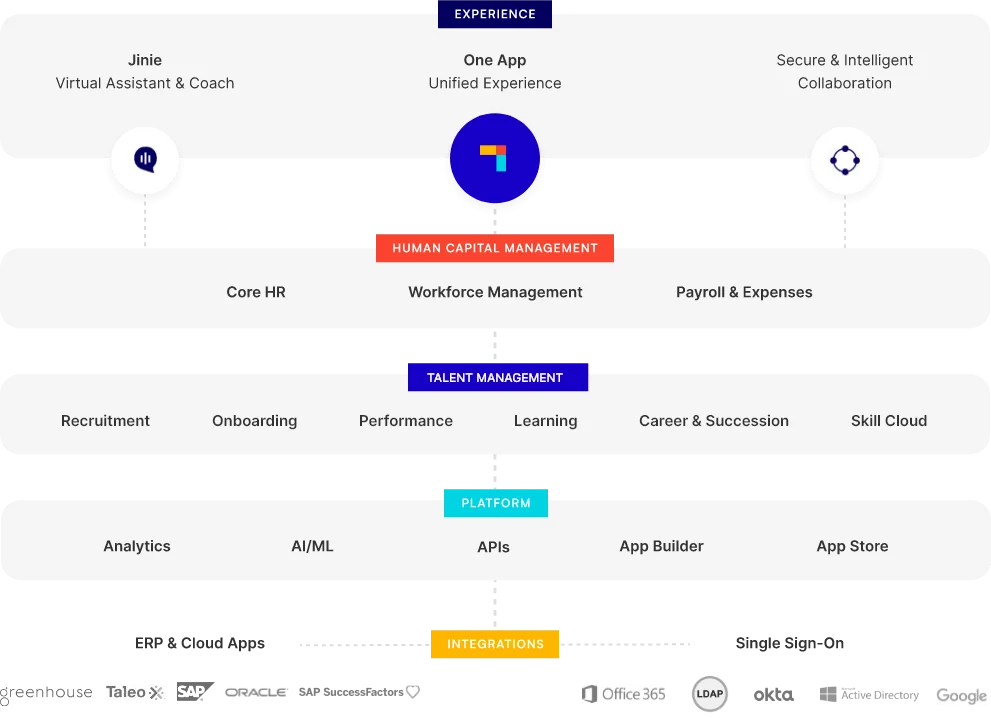The two models for measuring performance – Objectives and Key Results (OKR) and Key Performance Indicator (KPI) are widely used in organizations worldwide. Although they serve different purposes, they are often seen in the same light by individuals and organizations. Let us understand the importance of measuring performance and how to choose a performance model that works for you.
Importance of Measuring Performance
Organizations and individuals face a completely different challenge in the 21st century than they may have faced earlier. In the past, where organizations and individuals were only worried about a more efficient way of working, is contrary to the present, where organizations look for more individualized goals link directly to the organization goals. It means that organizations now have to option each of their employees’ performance to achieve a particular goal.
There are different approaches, tools, and techniques that can measure employee performance. However, a good performance management system seeks to work towards the improvement of the overall organizational performance, while supporting performance, productivity, and the wellbeing of its employees. Below we’ll discuss how OKRs and KPIs – the 2 most famous performance management stand next to each other and are writing the course of business success.
What are OKRs?
As the name suggests, OKRs are based on two factors: Objectives and Key Results. When we measure performance through OKRs, we look for improvement in certain elements, fulfilling a particular objective. In other words, OKRs identify requirements for an individual target that needs to be achieved and shows how well an organisation or an individual has fulfilled those requirements. Let’s understand OKRs with some examples –
Example 1:
Objective: Increase sales by 20% in Q4
Key Results:
- The number of salespersons increased by 50%.
- Advertising increased by 10%.
- Daily targets increased.
Example 2:
Objective: Increase the worldwide reach of the product by 40%
Key Results:
- Expanded to a new country every year.
- E-commerce site created by EOQ.
- Distribution channel streamlined.
Here an objective is set as a target to be achieved, and the key results are the requirements for completing the said target.
What are KPIs?
KPIs are entirely different. Here we measure the performance indicators and are not solely focused on achieving a target. An improvement in a few indicators may lead to the fulfillment of many objectives. Rather than identifying requirements for a target, it identifies progress towards an intended result. OKRs focus on the outcome, but KPIs don’t.
Example 1:
Daily Sales Growth
Advertising Viewership
The daily increase in the number of employees.
Example 2:
Sales conversion rate
Customer retention
Customer acquisition
The difference between KPIs and OKRs with a team-based sample
OKRs are focused on an objective and have a task list, which needs to be followed to achieve that objective. Whereas KPIs are not focussed on the objective, KPIs roll up to a key result and measure performance levels based on certain parameters.
KPIs may help you with a variety of objectives in a team. However, OKRs make you focus on a specific objective.
KPIs are flexible and can be changed as per the requirements. Whereas OKRs are to be recreated for every objective.
How OKRs and KPIs can coexist?
Yes, of course, they can coexist. However, it depends on what an organization or an individual wants. If they have to focus on a particular outcome, OKRs are the way to go. If they need to measure indicators that would help them be better at what they do, KPIs are the way to go. They can coexist if required, depending on the team goals.
You may also creatively use OKRs and KPIs. Sometimes, when you may be falling behind on a certain KPI parameter, you can create an OKR to put everything back on track. The objective of the OKR can be bettering that KPI parameter. This will help the organization work like a well-oiled machine.
The Verdict
We live in a qualitative world with quantifiable outcomes. Measuring performance in this world is almost a necessity in organizations these days. KPIs and OKRs are a great way to channel your goals and make yourselves better. So, think about your goals, analyze them, and choose a performance model that suits you.
Performance management is extremely essential and easy to overcomplicate. Simplify your performance management systems with PeopleStrong’s Performance comprehensive software built for agile goals, continuous feedback, and meaningful conversations. Book a free guided demo of our software now.










